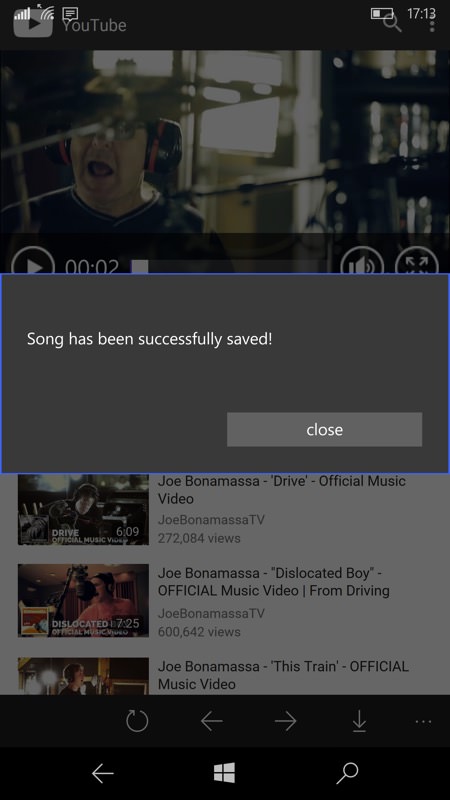

Salman Khan speaks at TED 2011 about the Khan Academy, which began on YouTube and became what was called "the largest school in the world". Conversely, individuals have partnered with advertisers to grow their own audiences, the "Partner Program" enabling individual content creators to monetize videos and even earn livelihoods directly from posting content, with top earners exceeding $30-50 million per year.Įffects on culture Education and proliferation of knowledge Celebrities and large companies, especially major music labels, have used YouTube as a focused advertising tool for targeted mass marketing and audience growth by placing banner ads and by contracting with video producers for embedded-product marketing. YouTube streaming data (video views) has been used to gauge consumer opinion for marketing decisions. Concurrently, the website has been criticized for inadequately policing against false or misleading political content.

However, its recommendation algorithm has been shown to recommend extremist content, especially far-right and conspiracy propaganda, leading to claims that YouTube has been used as a tool for political radicalization. YouTube has affected conventional politics, becoming even more important than direct mail in political campaigning, with politicians and governments using the website to directly engage citizens and promote policies.
#Youtunes app free
YouTube has promoted democracy through free expression of individual political views, for example enabling Arab Spring protest videos to transcend national boundaries, causing certain regimes to censor or ban the website. Certain independent or alternative news organizations have established YouTube channels that reach a wider audience than traditional broadcast television. YouTube has become an important "visual journalism" platform, both for conventionally produced content from established news organizations and for citizen eyewitness contributions. Further, the website's recommendation algorithm has been found to recommend harmful content to children, and has promoted dangerous practices such as the Tide Pod Challenge. However, other videos have included potentially harmful content, such as those triggering self-harm, or inspiring additional bullying or suicides. Also, some YouTube videos increase awareness of social issues (such as bullying, suicide and LGBT issues), allow broadened social contact (especially important for the elderly or mobility-impaired), and overcome stereotypes of minorities and minority viewpoints. YouTube has facilitated engagement between institutions and individuals, such as between universities and prospective students, and between businesses and employees. Worldwide video access has spurred innovation by enabling geographically distributed individuals to build upon each other's work, to collaborate, or to crowdsource. adults, YouTube has had social impact in many fields, with some individual videos of the site having directly shaped world events.Ĭonstituting one of the world's most popular search engines, YouTube enables inexpensive distribution of educational content, including course material from educational institutions and "how to" videos from individuals.

Presentation to the Library of Congress Īs the world's largest video hosting website and second most visited website both by Alexa Internet and Similarweb, and used by 81% of U.S. "An Anthropological Introduction to YouTube" To people we love, to people we want to love, or people we don't even know. The most public place in the world, from the privacy from our own homes: YouTube has been used for many things: a political soapbox, a comedian's stage, a religious pulpit, a teacher's podium, or just a way to reach out to the next door neighbor or across the world. Some have called this the biggest and the smallest stage.


 0 kommentar(er)
0 kommentar(er)
